
by Kaye Dee
Back in early January 1955, I was incredibly lucky to hear space promoter and science fiction writer Mr. Arthur C Clarke give a talk in Sydney about the future prospects of space activities. One of the things he discussed was the way in which satellites in Earth orbit could revolutionise communications around the world, allowing us to make phone calls or transmit television and radio virtually instantaneously from country to country. He first wrote about his ideas for global satellite communications back in 1945, especially in an article in the British radio enthusiasts’ magazine “Wireless World”. Mr. Clarke explained that three satellites, placed equidistantly around a very particular orbit, would be able to provide radio and television coverage across the world by relaying signals sent from ground stations in each country.
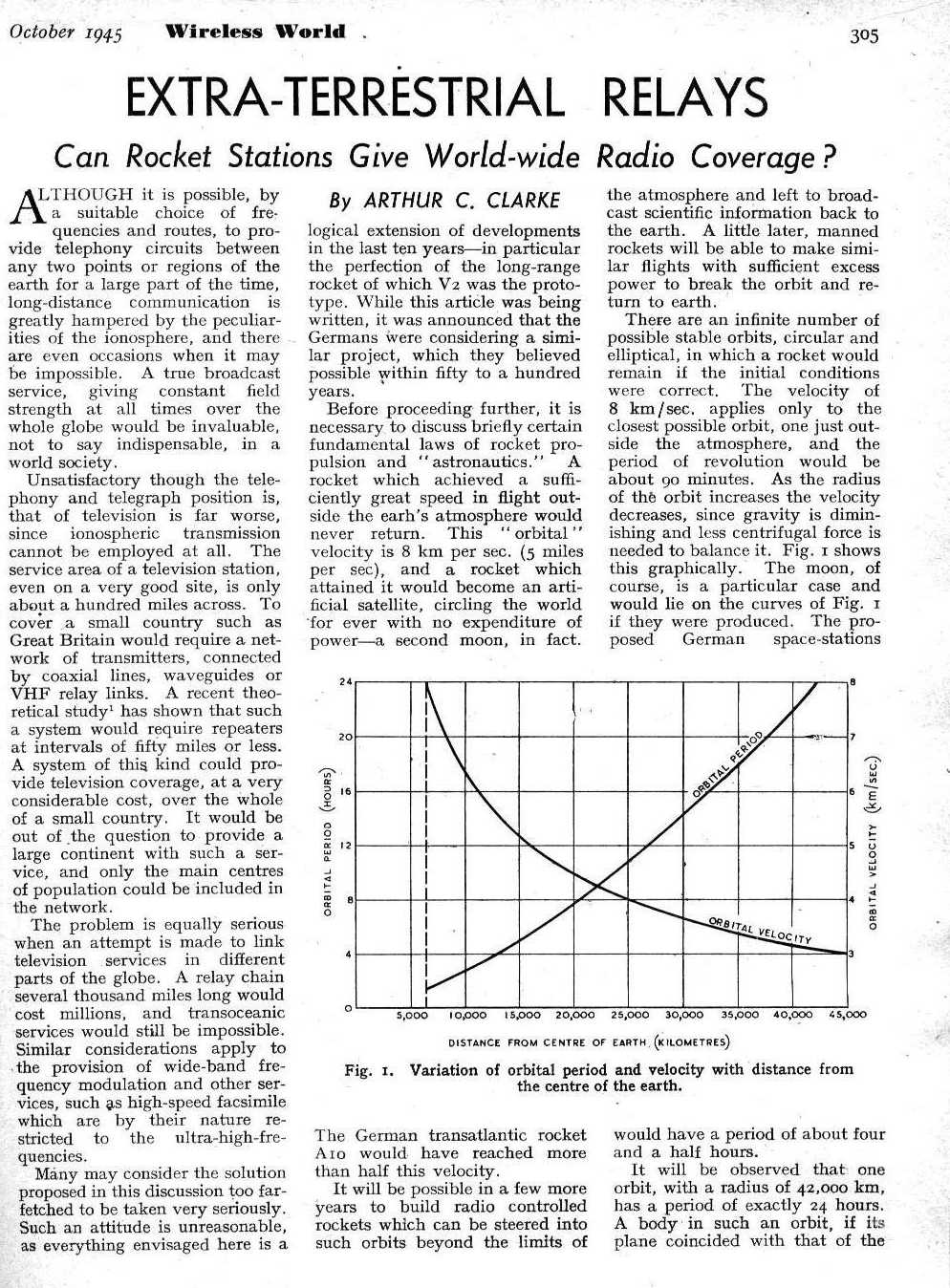 The first two pages of Mr. Clarke's seminal article on communications satellites. As a science fiction author, I guess he couldn't resist the title.
The first two pages of Mr. Clarke's seminal article on communications satellites. As a science fiction author, I guess he couldn't resist the title.
The special orbit that Mr. Clarke discussed is now called “geostationary orbit”: it’s 24,000 miles above the equator. Satellites in this orbit are travelling at the same speed as which the Earth rotates, and this means that they appear to be stationary above one spot on the Earth’s surface, so that they can act as a stable relay platform for radio and television signals.
From Imagination to Reality
Well now Mr. Clarke’s idea is in the process of becoming reality! Since 1962, Telstar, Relay and the Syncom 1 and 2 satellites have all transmitted telephone and television between the United States and Europe. But none of these satellites was in geostationary orbit and none of them was in a suitable position to transmit to the Southern Hemisphere. On August 19, Syncom 3, the latest in the series, was launched —and it is going to become the world’s first geostationary communications satellite! Right now, it’s manoeuvring from its initial elliptical orbit up into its final geostationary orbit, which it is due to reach by late September — just in time to broadcast the Tokyo Olympic Games to you in the Northern Hemisphere. Unfortunately, we here Down Under will miss out again this time, but hopefully not for too much longer….

The Syncom 3 geostationary satellite. Soon it will be bringing you the Tokyo Olympics live – if you live in the Northern Hemisphere
Introducing INTELSAT
Just a few days ago, on August 24, Australia formally became a founding member of the International Telecommunications Satellite Organization, which is going to be known as INTELSAT for short. INTELSAT is a revolutionary idea: an intergovernmental consortium that will develop, own and manage a global geostationary satellite communications network to provide international broadcast services. Member nations will contribute to the cost of establishing, operating and maintaining the satellite system, but they’ll get a return for that investment through the revenue generated from satellite usage fees. The really great aspect of INTELSAT is that its services will be open to any nation to use and everyone will pay the same rates. This is an important policy because it means that Third World countries will be able to afford to have access to satellite communications and be connected to the world.
In my May item on rocket mail, I mentioned how important satellite communications could be to Australia. The big difference is that it will really reduce our isolation from the rest of the world. Right now, if something major happens overseas, it’s going to be two or three days at least before we can see any film footage about it on television or in the newsreels. With satellites, we could see things the same day they happen! Satellites will also make it easier for us to communicate within Australia — we’ve got a very big country with a very small population, and there are a lot of parts of the Australia where it’s difficult or just too expensive to provide telephone connections and television service.
A Presidential Proposal
The late President Kennedy first proposed the idea that has become INTELSAT in a speech to the United Nations in 1961.

When President Kennedy addressed the United Nations in September 1961, he proposed a global satellite communications system – and international research into weather control.
He even signed the Communications Satellite Act in 1962 to help bring it into being. That Act created the Communications Satellite Corporation, which calls itself COMSAT, as a private corporation to represent the United States in the international governance for INTELSAT, where most other countries are represented by their national telecommunications carriers: Australia, for example, will be represented by the Overseas Telecommunications Commission (OTC), which has been our telecommunications agency since 1946. In addition to Australia, seven other countries have joined together to establish INTELSAT, and several more nations will become members soon, once their governments have enacted the necessary legislation.
Mrs O’Donahue Saves the Day!
INTELSAT plans to launch its first its first satellite in the first half of next year. Interestingly, I have heard that NASA is thinking of using INTELSAT satellites to provide communications links with its tracking stations around the world for the Apollo Moon programme. Actually, a recent incident at the NASA Carnarvon Tracking Station in Western Australia may have helped to give them the idea. Back in April, the Manned Space Flight Network station in Carnarvon suffered a major loss of communications just minutes before it was due to support the uncrewed Gemini 1 mission.
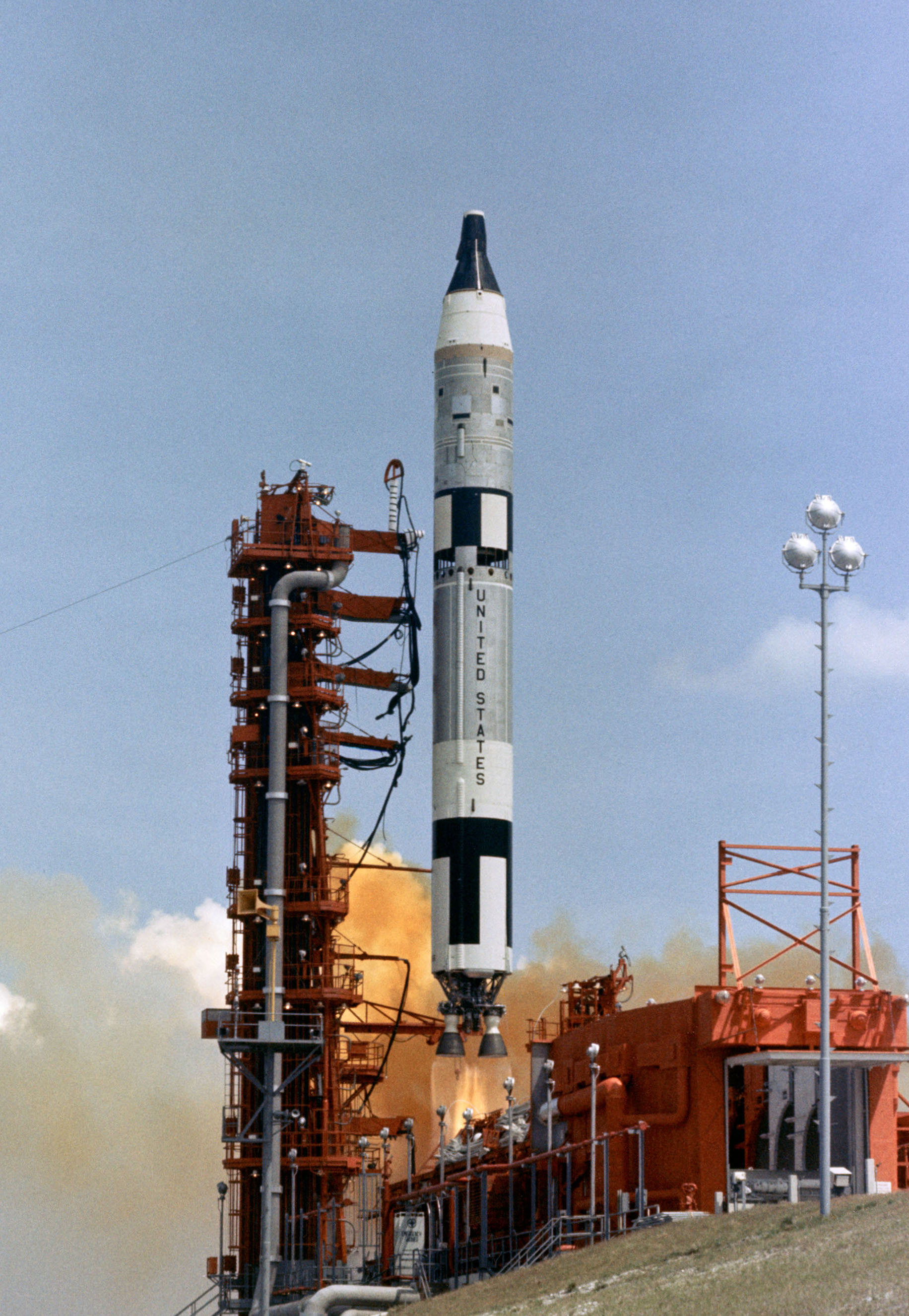
Gemini 1 launched successfully, but one of NASA's main tracking stations for the mission almost wasn't operational!
A lightning strike destroyed the telephone lines between Carnarvon and the town of Mullewa, which was the tracking station’s only connection to Perth and the overseas cables that carried data to and from America.
Luckily, an alternative route along an obsolete section of an old pole-top phone line was improvised. Information from NASA, relayed via Perth, was sent to along this line to the tiny settlement of Hamelin Pool. Mrs. O’Donahue, the postmistress there, then read the data figures down the temporary line to the Carnarvon telephone exchange for more than two hours! After this near-catastrophe, it’s no wonder NASA is looking for a more reliable means of communication with Carnarvon!

Here's a woman who never thought she'd be saving NASA's bacon: Mrs. O'Donahue, the postmistress at Hamlin Pool
If NASA goes ahead with its plan to use communications satellites for its Apollo communications network, I guess OTC will be establishing Australia’s first satellite ground station in Carnarvon, to keep the NASA station in contact with the United States. I can’t wait to see the first live satellite broadcasts to and from Australia.
And if I can call my Scottish cousins directly via satellite, that’s going to be a slice of science fiction become reality!
[Come join us at Portal 55, Galactic Journey's real-time lounge! Talk about your favorite SFF, chat with the Traveler and co., relax, sit a spell…]




![[April 6, 1965] The Early Bird Catches the Worm (INTELSAT 1)](https://galacticjourney.org/wp-content/uploads/2020/04/Intelsat-1-1-620x372.jpg)
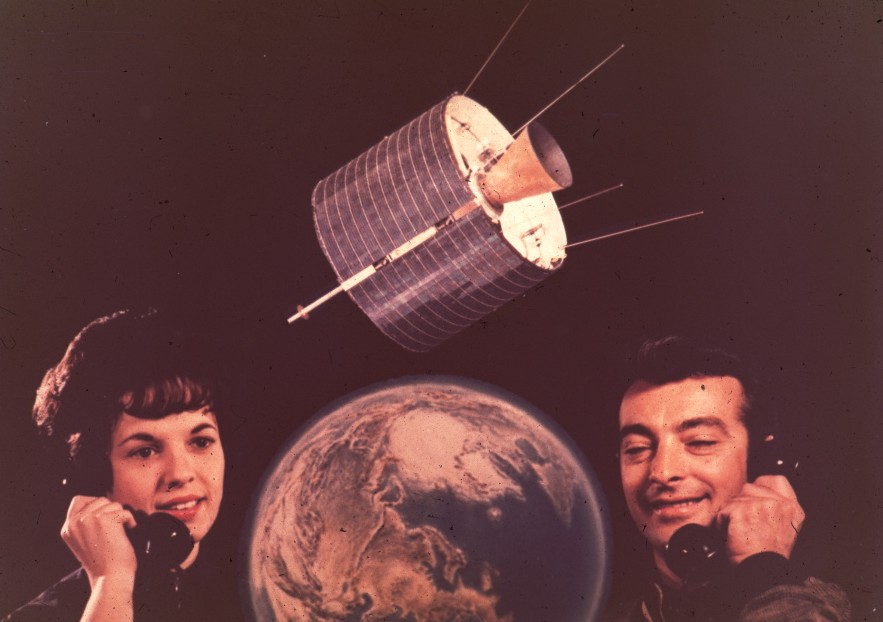

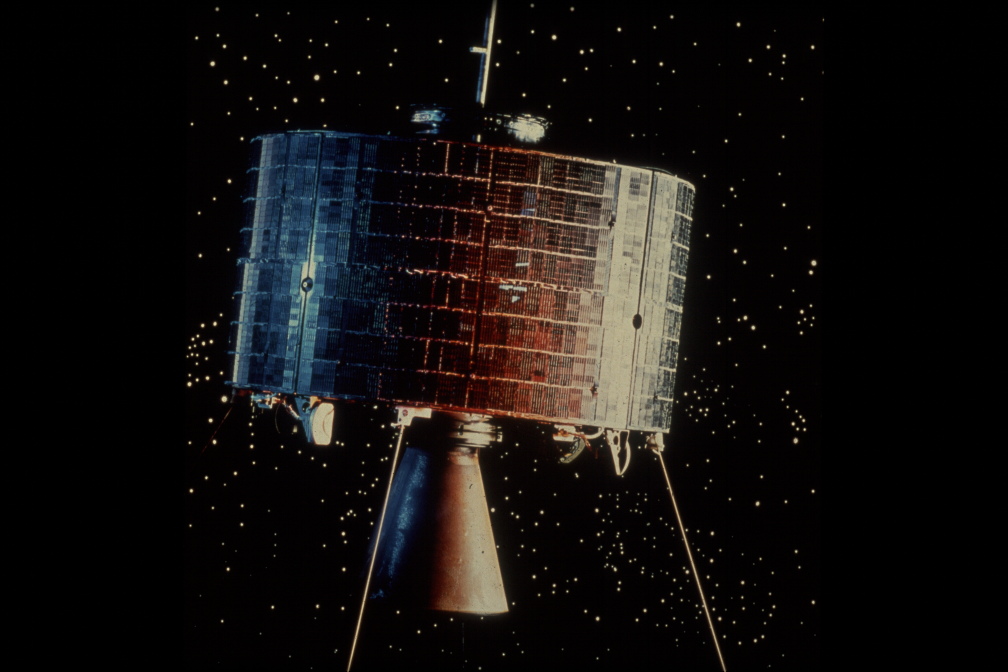
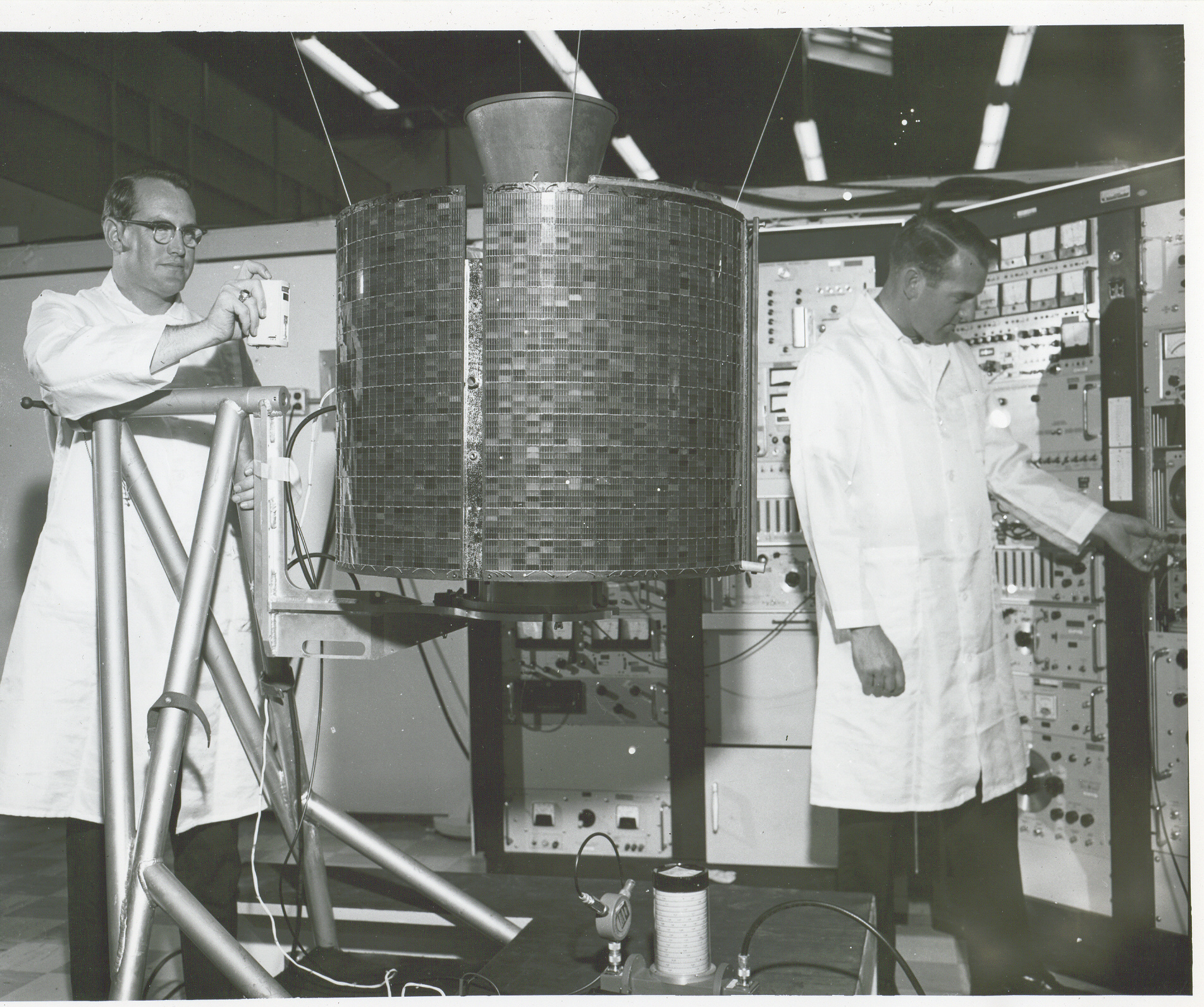


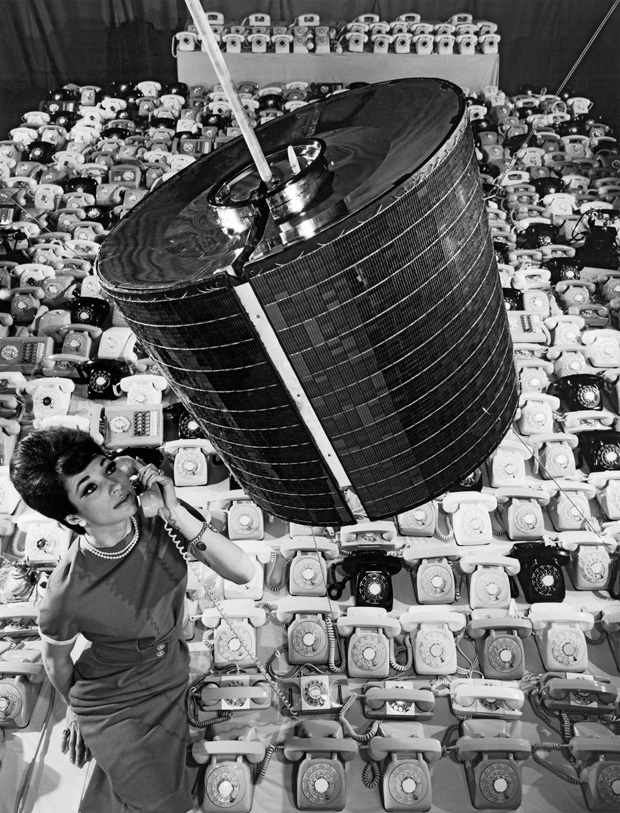



![[August 29,1964] Coming to You Live via Satellite](https://galacticjourney.org/wp-content/uploads/2019/08/Mrs_ODonahue.jpg)

 The first two pages of Mr. Clarke's seminal article on communications satellites. As a science fiction author, I guess he couldn't resist the title.
The first two pages of Mr. Clarke's seminal article on communications satellites. As a science fiction author, I guess he couldn't resist the title.

